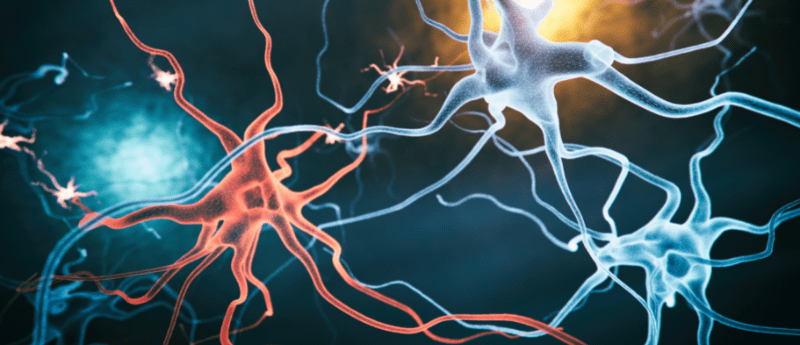Microglia may be a therapeutic target of mesenchymal stem cell-derived neural progenitor therapy.

Researchers have identified a potential mechanism of action of mesenchymal stem cell therapy for multiple sclerosis.
Mesenchymal stem cell (MSC) therapy has emerged as a promising area of research for multiple sclerosis (MS). In findings published in Regenerative Medicine, a team of researchers from Tisch MS Research Center of New York (USA) has identified a potential therapeutic target for a cell therapy utilizing mesenchymal stem cell-derived neural progenitor (MSC-NP) cells.
MS is characterized by the progressive loss of myelin sheath around the nerve fibers. Whilst the etiology remains unknown, it is believed to be triggered by an autoimmune response, with cells including T-cells, B-cells, macrophages and microglia playing a role in the development and progression of the disease.
MSC-NPs are believed to possess immunomodulatory, neuroprotective and regenerative properties that could reduce inflammation and promote repair and regeneration of the damaged nerve tissue. A novel cell therapy utilizing MSC-NPs has been explored as a potential therapeutic to slow the progression of MS, with preclinical trials reporting positive results following injection into the spinal fluid.
In the present study, a series of in vitro experiments were conducted by the team to investigate the effect of MSC-NPs on microglia activation, a cell type commonly found in MS lesions. This included quantitative PCR and ELISA analysis of pro-inflammatory and pro-regenerative markers associated with microglia.
The key findings from the study showed that paracrine factors secreted by MSC-NPs suppressed the expression of pro-inflammatory markers such as CCL2 and increased the expression of pro-regenerative markers such as Arg1 in human iPSC-derived microglia. In two in vitro models, the team found that MSC-NPs triggered the transition of microglial cells from a pro-inflammatory phenotype to a pro-regenerative phenotype.
They also found that in MSC-NP conditioned media, the effects were mediated by TGF-β suggesting that this cytokine may play an important role in targeting microglia.
The study is the first to identify microglia as a potential therapeutic target of MSC-NPs. It is hoped that improved understanding of the mechanism of action of MSC-NPs could help clinicians predict how patients may respond to this cell therapy. One example could be whether levels of pro-inflammatory could be measured to determine how well a patient is responding to MSC-NP cell therapy.